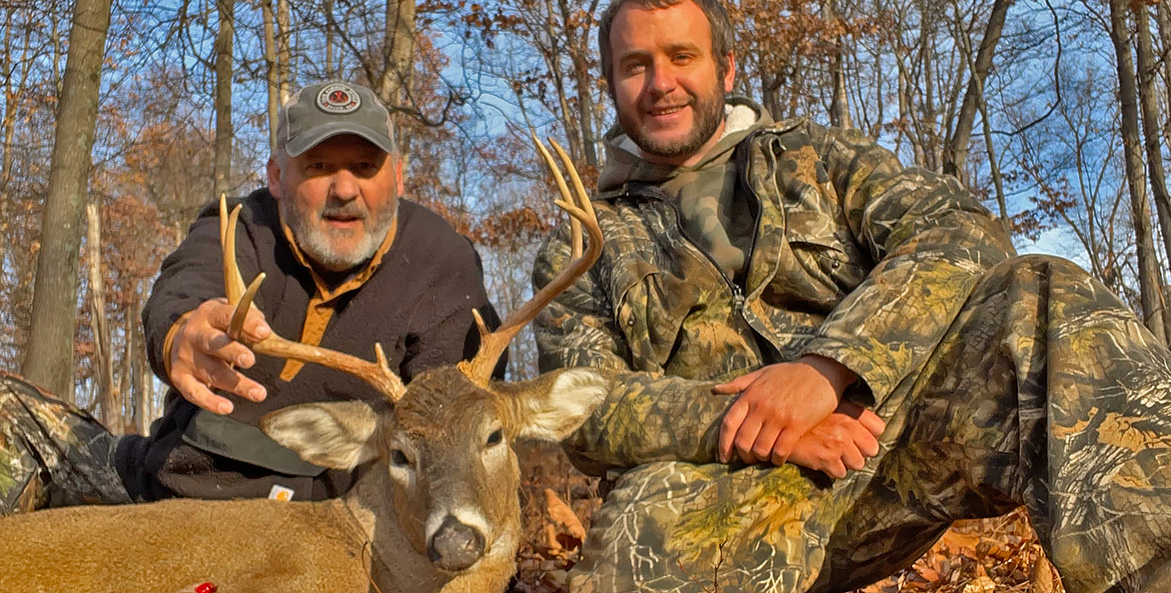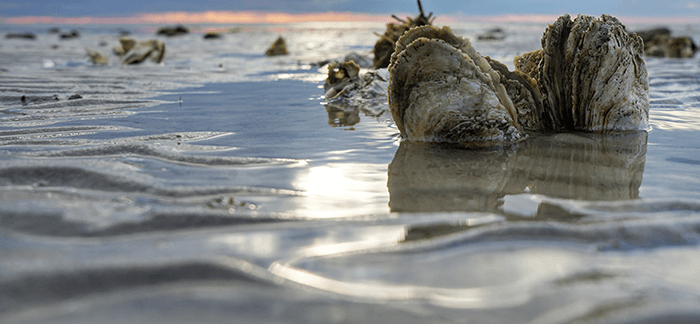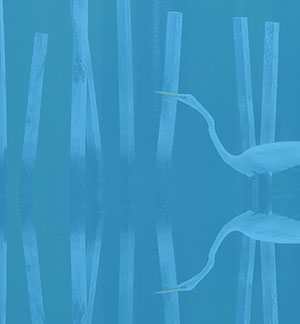When George Sempeles became the president of GunBarrel hunt club 10 years ago, he knew he wanted to protect the group’s Hampshire County, West Virginia, land from development. He’d heard about land trusts and conservation easements from foresters over the course of 20 years or so.
As club president, he knew this was his chance. He also knew it wouldn’t be easy.
Older members worried that limiting future development with a conservation easement meant giving up control of more than 800 acres of mountains, forests, streams, and springs the club bought back in 1972.
A conservation easement is a voluntary, legally binding agreement between a landowner and a land trust (or government agency) that permanently limits certain kinds of development on land to protect its natural resources, like productive farmland or forests. The landowner and the land trust decide together on the restrictions to include in the easement.
Sempeles saw things differently than the old guard.
“What are we giving up,” he asked rhetorically. “Well, we’re giving up the ability to cut the land up into pieces. Who wants that anyway? We’re giving up the ability to build a hotel [or] sell it to a cell phone tower. Who wants that, right?”
Not Sempeles. In fact, he was so determined to preserve the club’s land that he spent a decade of his life to making sure that happened.
Leaving a Legacy of Land Stewardship
First, he gathered information about how conservation easements work. A few years later, he started securing the support of neighboring hunt clubs and like-minded members of his own club. The final three years he worked on winning over the skeptics.
Most importantly, he teamed up with the Cacapon and Lost Rivers Land Trust in 2021. Headquartered in Capon Bridge, WV, the small nonprofit has been protecting and conserving the region’s waters, forests, farmland, and rural heritage since 1990.
A $275,900 grant from the U.S. Fish and Wildlife Service’s Chesapeake Watershed Investments for Landscape Defense (WILD) program, matched by $1.38 million in donated land and contributions from private donors, made it possible for the Trust and Sempeles to draft a conservation easement that permanently preserves the club’s land for hunting, camping, and enjoying its natural beauty. The easement also allows club members to renovate a clubhouse and two existing cabins on the property.
“What the Trust does is allows you to have a legacy. It allows you to say, grandad did that. It means something to me,” said Sempeles, whose father was a founding member of the club.
His dad passed away 33 years ago. But he’s still there in Sempeles’s mind, he said. Sempeles, 66, has gone hunting on the club’s land with his 36-year-old son, Jimmy, for Jimmy’s whole life.
“This is something that goes on forever, in perpetuity,” Sempeles said. “That rock is gonna be there when my great-grandson or my great-granddaughter comes up here to hike or walk through the woods or do whatever.”
The Last Piece of the Land Conservation Puzzle
The easement also made it possible for the Trust to fill in the last puzzle piece in what is now a 6,000-acre hub of contiguous, conserved private land in eastern West Virginia.
“That’s what you really want to see from a habitat standpoint, from a forest management standpoint, and for scenery and for water quality. That’s the most exciting thing,” Land Trust Executive Director Emily Warner Merrill said.
Rise up with us now.
Contact your members of Congress and urge them to do the right thing:
Protect environmental funding! Protect agency staffing!
Take Action
“This watershed is still 80-plus percent forested and it’s so biodiverse,” she said. “If we want that significant portion of fresh water that’s on or crossing privately owned lands to go into the Potomac River clean, this is the way to keep it that way.”
GunBarrel Valley Wild Life Preserve is home to white-tailed deer, black bears, coyotes, bobcats, bald eagles, wild turkey, ruffed grouse, timber rattlesnakes, woodpeckers, squirrels, and chipmunks, Merrill said. The headwaters of Moore’s Run, a native brook trout stream, are at the southern end of the more than 800-acre property too.
Protecting Land and Water from Mountain Headwaters to the Bay
Preserving the mountains, forests, and streams of the Cacapon and Lost Rivers Valley is critical to restoring the Chesapeake Bay because the Bay’s second-largest tributary, the Potomac River, begins in the central Appalachian Mountains. The Lost River flows into the Cacapon River, which is the Potomac’s third-largest tributary.
In addition to improving water quality and safeguarding human health, Merrill said preserving forest land in the Mountain State is “about supporting our local economy and keeping West Virginia wild, which is why people love it. We have a lot of development pressure in our region especially. And we’re at risk of losing what we have.”
Chesapeake WILD grants, along with grants funded by the EPA Chesapeake Bay Program and cost-share programs offered by Department of Agriculture’s Natural Resources Conservation Service, provide critical funding for projects, like preserving the GunBarrel hunt club’s land, that benefit local communities and local waterways that drain into the Bay.
Sempeles called the easement “an amazing gift we’re giving to the world. I mean, we’re putting out thousands and thousands of protected acres. Thousands that no one can build on.”
The preserve may belong to the club, but members’ decision to restrict development on it benefits everyone from the Potomac headwaters to the Chesapeake Bay who depends on those waters for their livelihood, recreation, or drinking water.
Sempeles said he didn’t know about the land’s connection to the Bay until he started working with the Trust. Now that he does, he’s proud that GunBarrel Wild Life Preserve is helping protect it.
“I realize the value of the springs and everything that we have that end up in the Bay,” he said. “The health of the Bay needs protecting. And we’re doing our part by doing this.”

Washington, D.C. Communications & Media Relations Manager, CBF
[email protected]
202-793-4485



